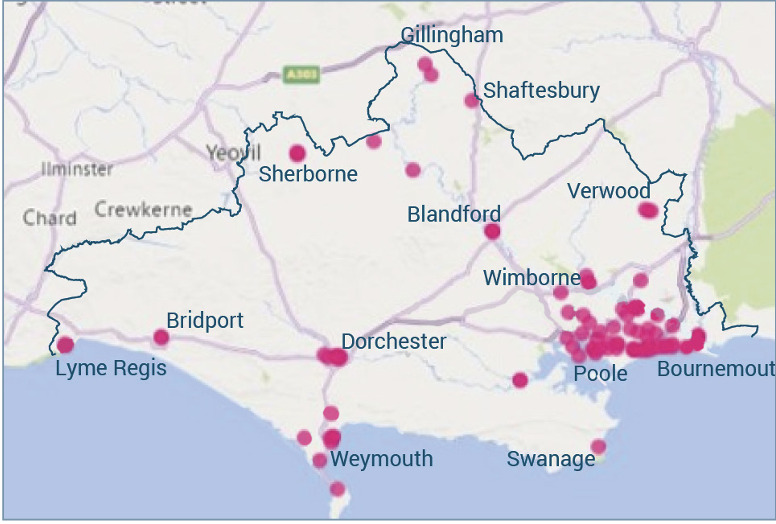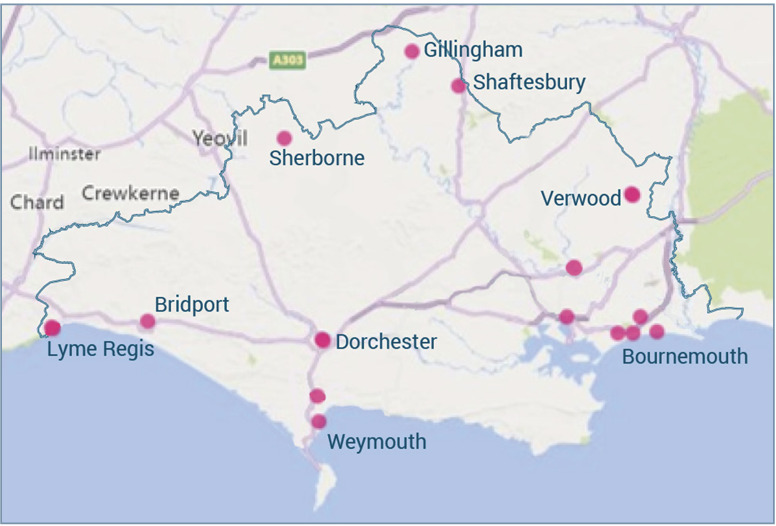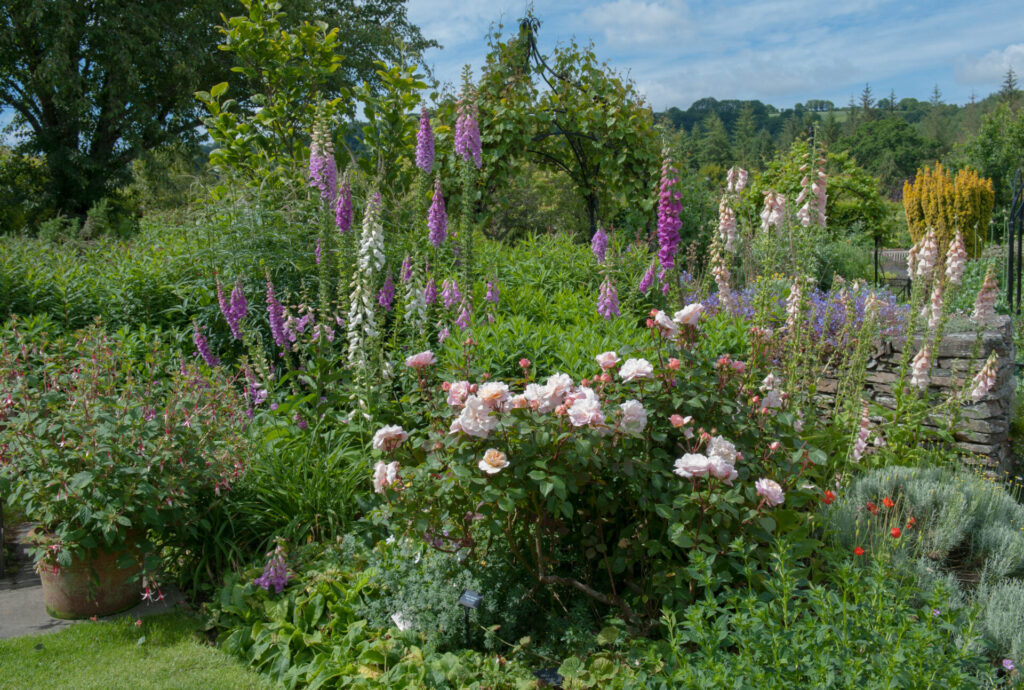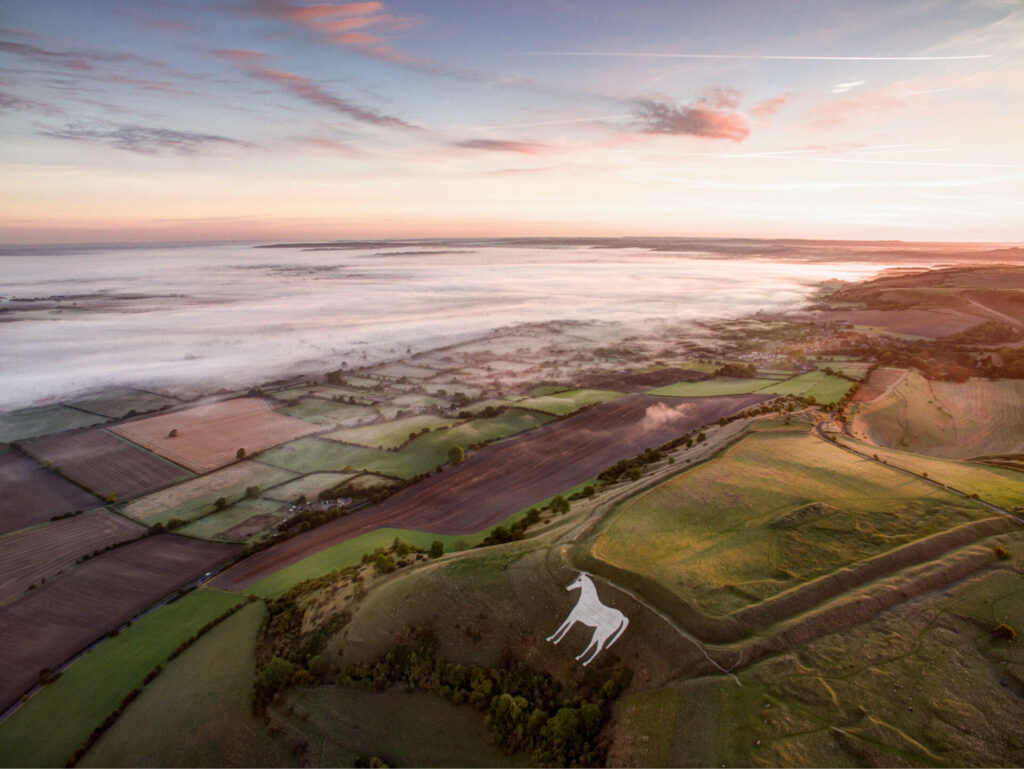Although initial fears around the Poole Harbour oil spill have been calmed, eventual long-lasting effects are still unknown. Andrew Livingston reports
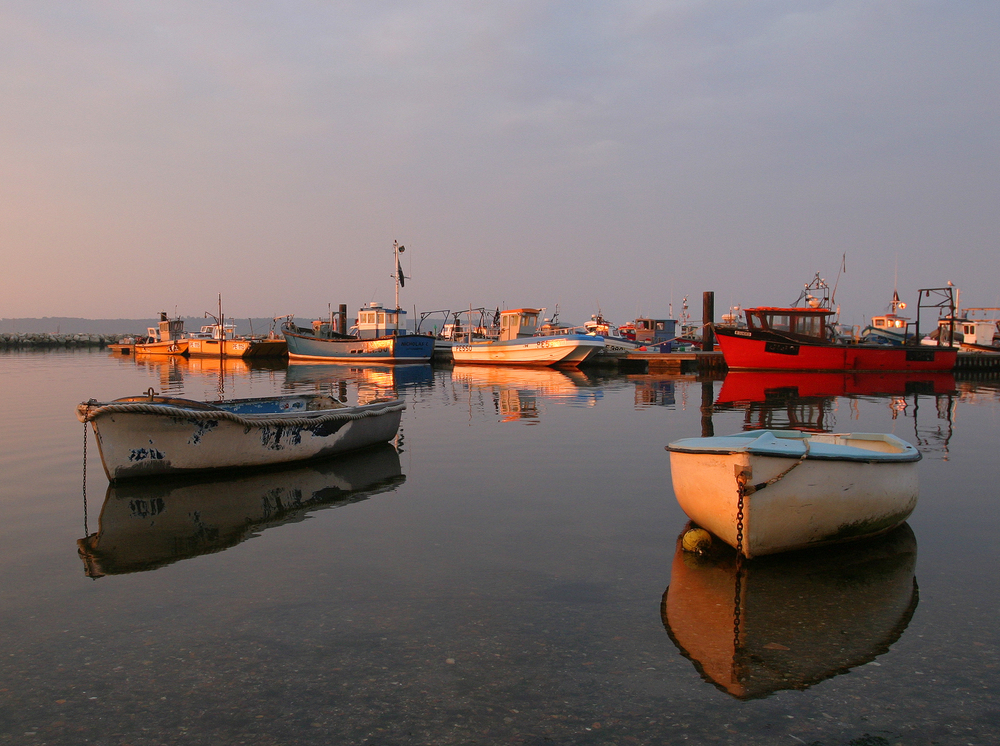
As I write, it has been 12 days since a ruptured pipeline at Wytch Farm expelled more than 30,000 litres of reservoir oil into Poole Harbour.
By all reports the clean-up, overseen by the Poole Harbour Commission (PHC), has been successful. The public are back on the beaches and in the water and no serious harm seems to have occurred to the rare birds of the area.
While most of the surrounding population heaves a great sigh of a relief, there is a small community of boats moored, with no purpose till further notice.
‘Let’s hope they clear it up fairly soon. I think we are fairly optimistic.’ Pete Miles, owner of Dorset Oysters, told The BV. ‘We are on stop until further notice really.’
Soon after the news broke of the oil spill from Perenco’s site into Ower Bay, the PHC announced that, with immediate effect, any shellfish harvest could not be retailed, transported or marketed – effectively locking down the local shellfish industry.
Testing of the shellfish has been ongoing, but as Pete understands it, no results have yet been announced. ‘The last I heard, a couple of days ago, [they] should be back within seven to ten days … As all these things are when it comes to food – oysters particularly – it’s always precautionary.’
Whole season impact
Dorset Oysters is normally 100 per cent self-sufficient in Poole Harbour, but to keep the business going, Pete has been buying oysters in from Jersey. The oysters Pete usually sells aren’t actually wild, they are grown at a sister company, Othniel Oysters, a farm in the harbour. Like all farmer’s crops, there’s a limited window when they can be harvested.
‘It will be worrisome if we can’t get into this year’s stock. What will happen is [they] will keep growing. If we can’t harvest them, then they grow to a certain size and they’re just not marketable. They simply get too big.
‘Once the water warms up and the plankton and the algae bloom then the oysters will grow quite quick … It’ll be a couple of weeks and [then] once they start we need a good, fast turnaround.’
In the short term, all the shellfish fisherman want is to get out to the oysters, cockles and clams to keep their businesses trading.
Long term impact
There is, however, a long term danger – not only to the molluscs of Poole Harbour, but the ecology as a whole. Emma Rance has 20 years experience of marine biology and conservation and believes that the monitoring of the shellfish in the harbour will have to continue for years to come.
When she heard the news of the oil spill she felt ‘utterly saddened and disappointed’.
She says: ‘This should not occur. Oil farms are regulated to operate using the strictest of control measures. We would not expect this to happen.
‘Poole Harbour is the second largest natural harbour in the world and is home to some rare and protected species ranging from seabed-stabilising eelgrass, beautiful peacock worm beds, a sea bass nursery area, both species of seahorse and many other habitats and species of conservation importance.’
Before setting up her own marine consultancy business, Noctiluca Marine, Emma worked with the Dorset Wildlife Trust and contributed to Dorset Council’s emergency Oil Spill Contingency Plan, with other government agencies and NGOs.
‘There is no full understanding on the long-term impact of petroleum hydrocarbons on the marine environment. Research has shown that this kind of pollution is known to affect species survival, reproduction and ability to function normally plus many other concerns.
‘‘Oil spills can impact habitats, locking the pollution deep into sediments, allowing for slow release over a long period of time.’
Perenco, the owners of Wytch Farm, have set up a claims line for anyone affected by the spill.
In a statement, Frank Dy, the general manager at Wytch Farm, says: ‘Any spill is an extremely serious matter and a full investigation will be launched to ascertain what happened in Poole Harbour. It is important to stress that the situation is under control, with the discharge of fluids stopped and the spill is being contained.’
Oil Spill Timeline
26th March
Pipeline at Wytch Farm fractures, spilling oil into Ower Bay
PHC activates its emergency oil spill plan
A major incident is declared and agencies including Dorset Police, Dorset Council, Bournemouth, Christchurch and Poole Council, NHS, Environment Agency and Natural England are involved.
Fishing, swimming and other leisure activities in the harbour are prohibited.
27th March
7am – More than 100 people were out assessing the shoreline and harbour, undertaking shoreline cleanup.
60-70% reduction in oil sightings in the water from drone footage.
28th March
3pm – 30 slightly oiled birds found in the harbour, reported by RSPB
29th March
Clean-up teams recovered 14,000 litres of oil/water mix and approximately 1,500kg of oil sediment.
Key stakeholders in the shellfish industry are advised not to market shellfish harvested from Poole Harbour since the oil spill.
30th March
A further 31,000 litres of liquid recovered overnight.
Oil found washing up on the beaches of Brownsea Island
31st March
An estimated 100,000 litres of oil/water mix and two tones of sediment recovered.
Excavation of broken pipe begins
Oil found washing up on Arne Nature Reserve
2nd April
Perenco set up a claims line for those affected by the oil spill
140,000 litres of oil/water mix and more than five tonnes of contaminated beach/soil material have been recovered
4th April
Estimated 160,000 litres of oil/water mix and more than six tonnes of contaminated beach/soil material have been recovered
People are once again allowed to swim and fish in Poole Harbour






